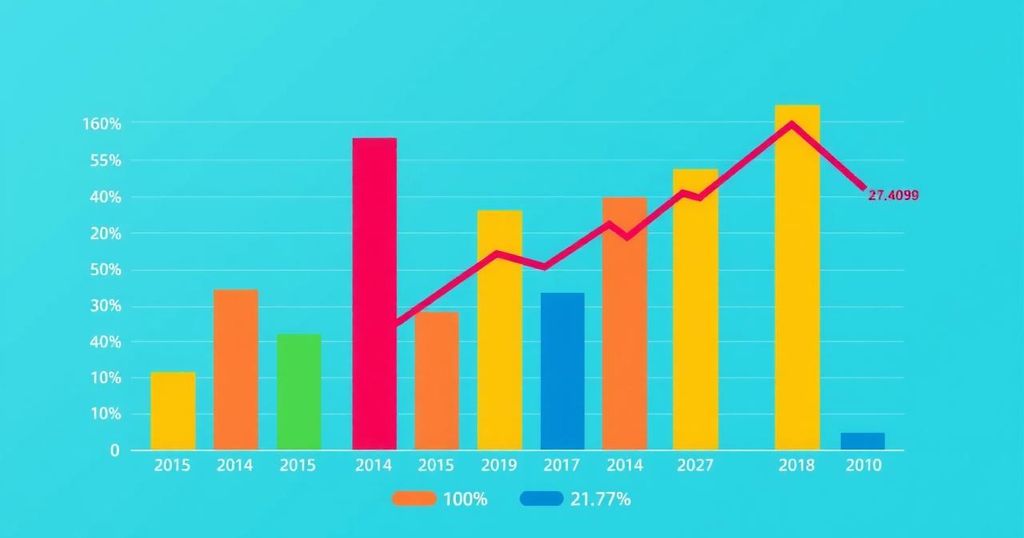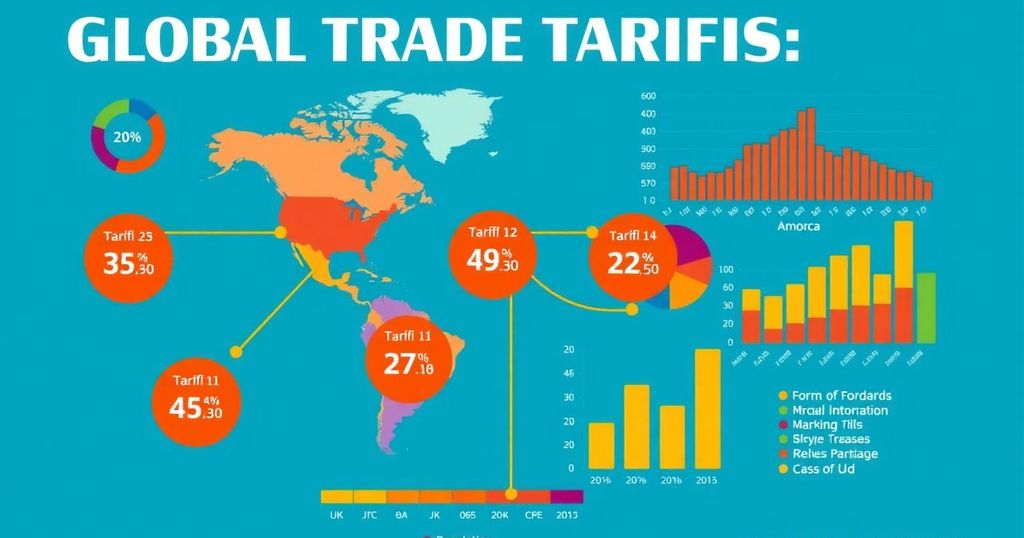WTI crude oil prices increased to $69.15, driven by a significant drop in U.S. crude inventories and concerns about tighter global supply due to U.S. tariffs affecting Venezuelan oil. API reported a 4.6 million barrel reduction in stockpiles, which exceeded expectations. Trump’s upcoming tariffs could further influence prices as the U.S. negotiates maritime ceasefires with Russia and Ukraine.
West Texas Intermediate (WTI) crude oil prices have risen to $69.15 during the early Asian session on Wednesday. The increase is attributed to a larger-than-expected crude stock draw along with concerns regarding potential tighter global supply as a result of impending U.S. tariffs on countries purchasing Venezuelan oil. Recent reports indicate crude oil inventories in the U.S. decreased by 4.6 million barrels last week, exceeding market expectations for a reduction of 2.5 million barrels.
U.S. President Donald Trump announced that effective April 2, he would impose a 25% tariff on all imports from nations that buy oil and gas from Venezuela. This announcement has heightened fears of restricted global supply, propelling the WTI price to its highest level in three weeks. In tandem, the U.S. has engaged in negotiations with Ukraine and Russia to suspend maritime and energy attacks, which might alleviate some supply concerns and possibly affect WTI pricing negatively.
WTI Oil, recognized as a premium crude type, is characterized by its lightness and low sulfur content, making it easily refined. Since it is sourced from the U.S. and connected via the Cushing hub, it serves as a crucial benchmark in international oil markets. The fundamental principles of supply and demand heavily influence its price, along with geopolitical factors, OPEC’s production decisions, and fluctuations in the U.S. dollar’s value.
The American Petroleum Institute (API) weekly inventory reports significantly affect WTI prices by indicating changes in supply and demand. These reports, released every Tuesday, often align closely with data from the Energy Information Agency (EIA), which is regarded as more reliable due to its government affiliation. Fluctuations in inventory levels can signal shifts in market demand, impacting price dynamics accordingly.
OPEC, representing twelve oil-producing nations, plays a pivotal role in determining oil quotas, which consequently influences WTI oil pricing. Strategic decisions by OPEC to reduce or increase production directly correlate with price shifts. The term OPEC+ refers to additional countries beyond OPEC that participate in production decisions, significantly impacting market dynamics.
It is imperative to approach investment decisions with caution. The data provided in this article is intended for informative purposes only. FXStreet does not endorse any investment decisions based on this information and disclaims any liability for potential inaccuracies or omissions. Readers are encouraged to conduct thorough research independently before engaging in any financial trades or investments.
In this overview, WTI crude oil prices continue to rise amid substantial stock drawdowns and apprehensions regarding international tariffs on Venezuelan oil sales. President Trump’s proposed tariffs may further influence market dynamics and supply concerns. Understanding the underlying factors affecting oil pricing—including inventory levels, OPEC’s decisions, and the interplay with the U.S. dollar—is essential for investors.
Original Source: www.fxstreet.com




